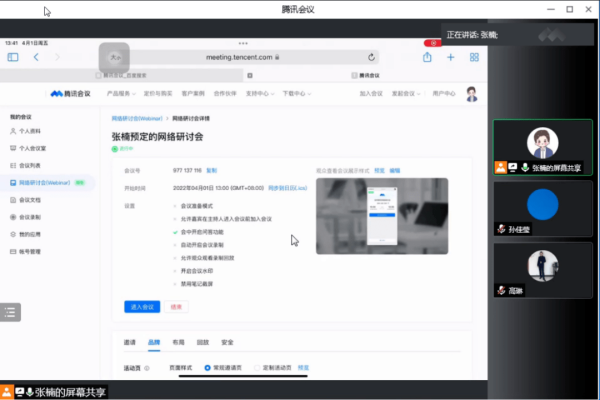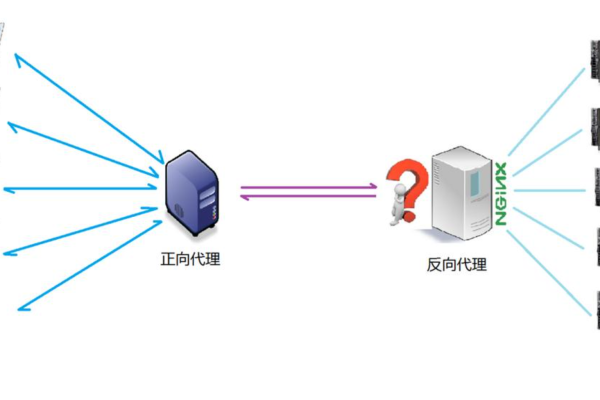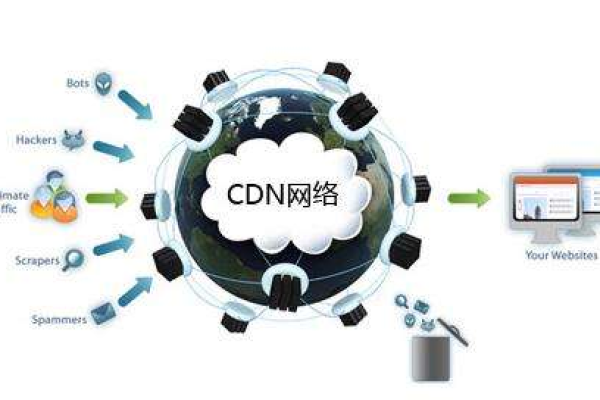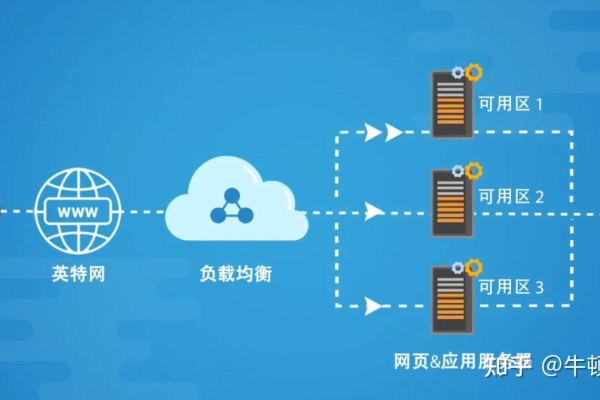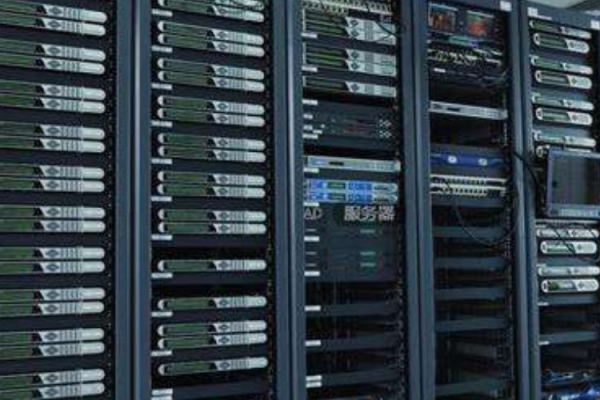如何在观影与游戏之间平衡网络资源,一个分配策略研讨会的探索
- 行业动态
- 2024-07-17
- 4297
在现代家庭中,随着娱乐方式的多样化,看电影和玩游戏成为了许多用户日常生活中不可或缺的部分,为了确保在进行这些活动时网络的稳定性和速度,合理地分配网络资源就显得尤为重要,以下内容将探讨如何在看电影和玩游戏时有效分配网络资源,以确保最佳的用户体验。
1. 理解网络需求
我们需要了解不同娱乐活动对网络的需求。
看电影: 通常需要较高的下载速度来保证视频的流畅播放,尤其是高清或4K视频,上传速度要求不高。
玩游戏: 需要低延迟的网络连接来保证实时交互的响应速度,同时根据游戏类型,下载和上传速度也可能有一定要求。
2. 网络硬件设备
确保你的网络硬件设备能够支持高速互联网连接,并具有优先级管理功能,使用具有服务质量(QoS)设置的现代路由器可以帮助你优先处理游戏流量。
3. 使用QoS设置

在路由器设置中启用QoS,并根据需要配置规则:
高优先级给游戏流量: 确保游戏数据包被优先处理,减少延迟。
中等优先级给视频流: 保证观看电影时的视频质量,但不会过于影响游戏性能。
4. 选择合适的服务提供商和套餐
选择一个提供高速互联网接入和有良好客户服务的互联网服务提供商(ISP),如果可能的话,选择那些提供更高上传速度的套餐,这对在线游戏尤其重要。
5. 避免网络拥堵

尽量避免在网络高峰时段进行大量的下载或上传操作,这可能会占用大量带宽,影响其他活动的网络体验。
6. 考虑使用有线连接
相较于无线连接,有线连接(如以太网)能提供更稳定、速度更快的网络体验,对于游戏机和智能电视等设备,尽可能使用有线连接。
7. 定期检查和维护网络设备
保持网络设备的最新状态,包括固件更新和定期重启路由器,有助于维护网络的最佳性能。
8. 利用专业工具和服务
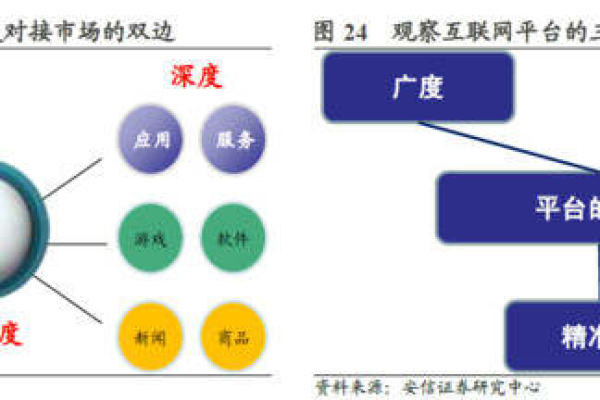
考虑使用专业的网络监控和管理工具来帮助诊断和解决网络问题,一些ISP提供的增值服务,如VIP技术支持,也可以在遇到问题时快速得到帮助。
9. 实例表格:网络资源分配方案
| 活动 | 优先级 | 带宽需求 | 备注 |
| 在线游戏 | 高 | 低延迟,适中带宽 | 需要快速响应 |
| 观看电影 | 中 | 高带宽 | 高清或4K视频需要更多带宽 |
| 文件下载 | 低 | 高带宽 | 可设定在非高峰时段进行 |
| 视频会议 | 中到高 | 适中带宽 | 根据实际需求调整 |
通过上述措施,你可以有效地在看电影和玩游戏之间分配网络资源,从而获得更加流畅和愉悦的娱乐体验,重要的是要定期检查和调整网络设置,以适应家庭内不断变化的网络使用情况。
本站发布或转载的文章及图片均来自网络,其原创性以及文中表达的观点和判断不代表本站,有问题联系侵删!
本文链接:http://www.xixizhuji.com/fuzhu/29808.html
